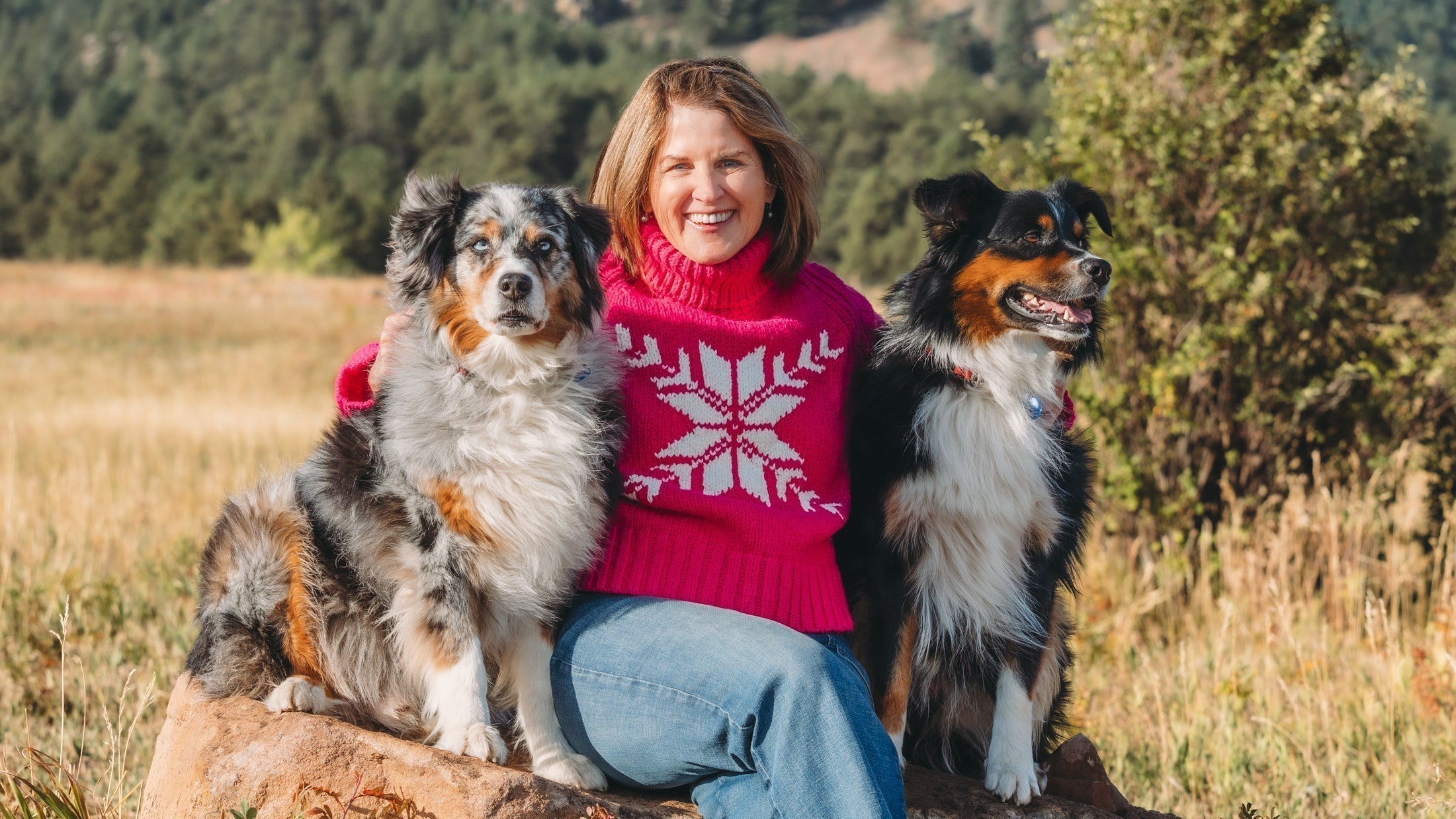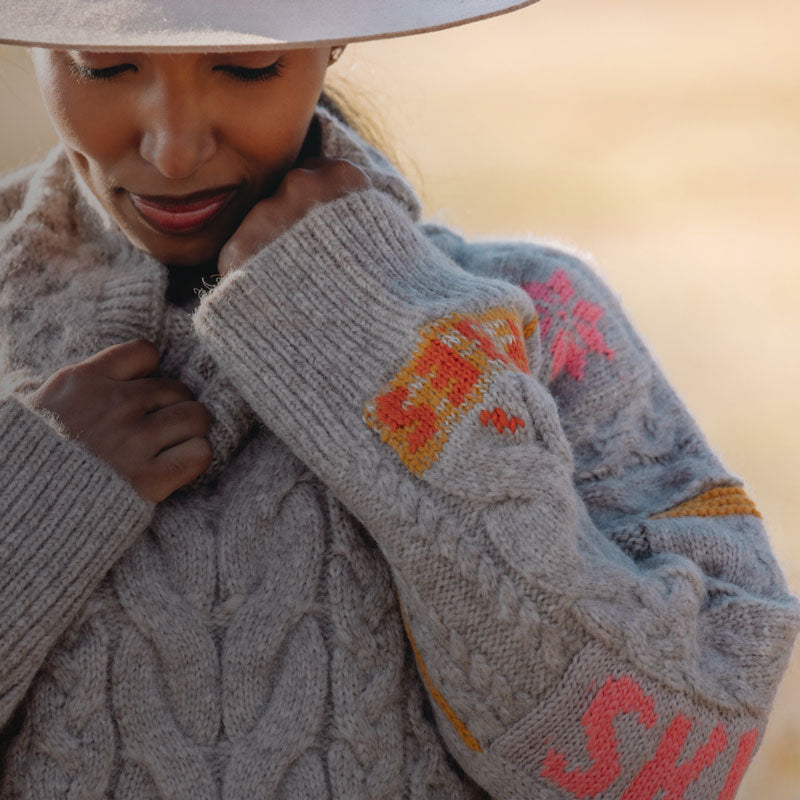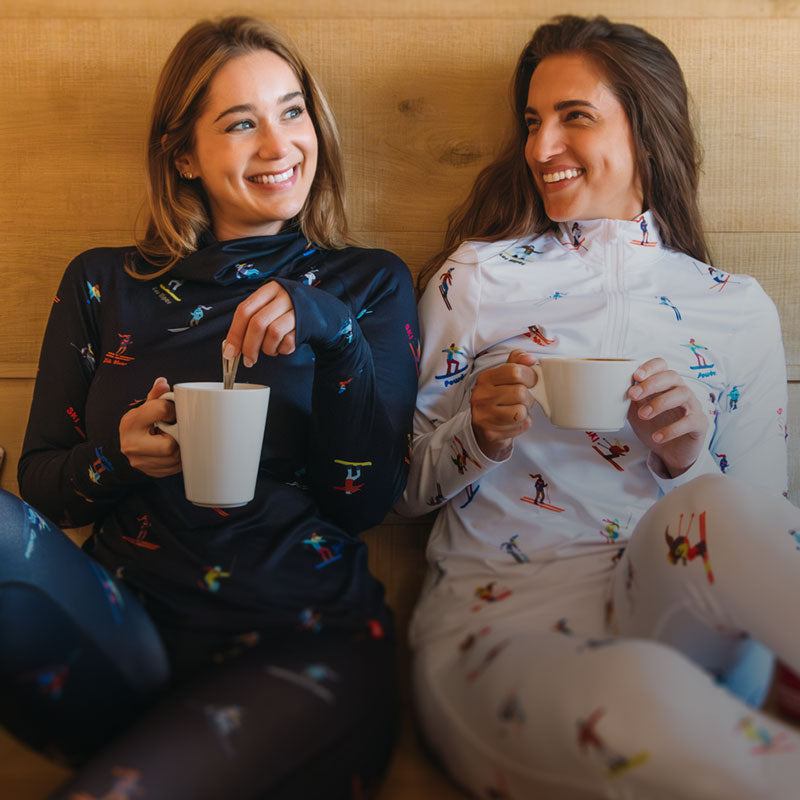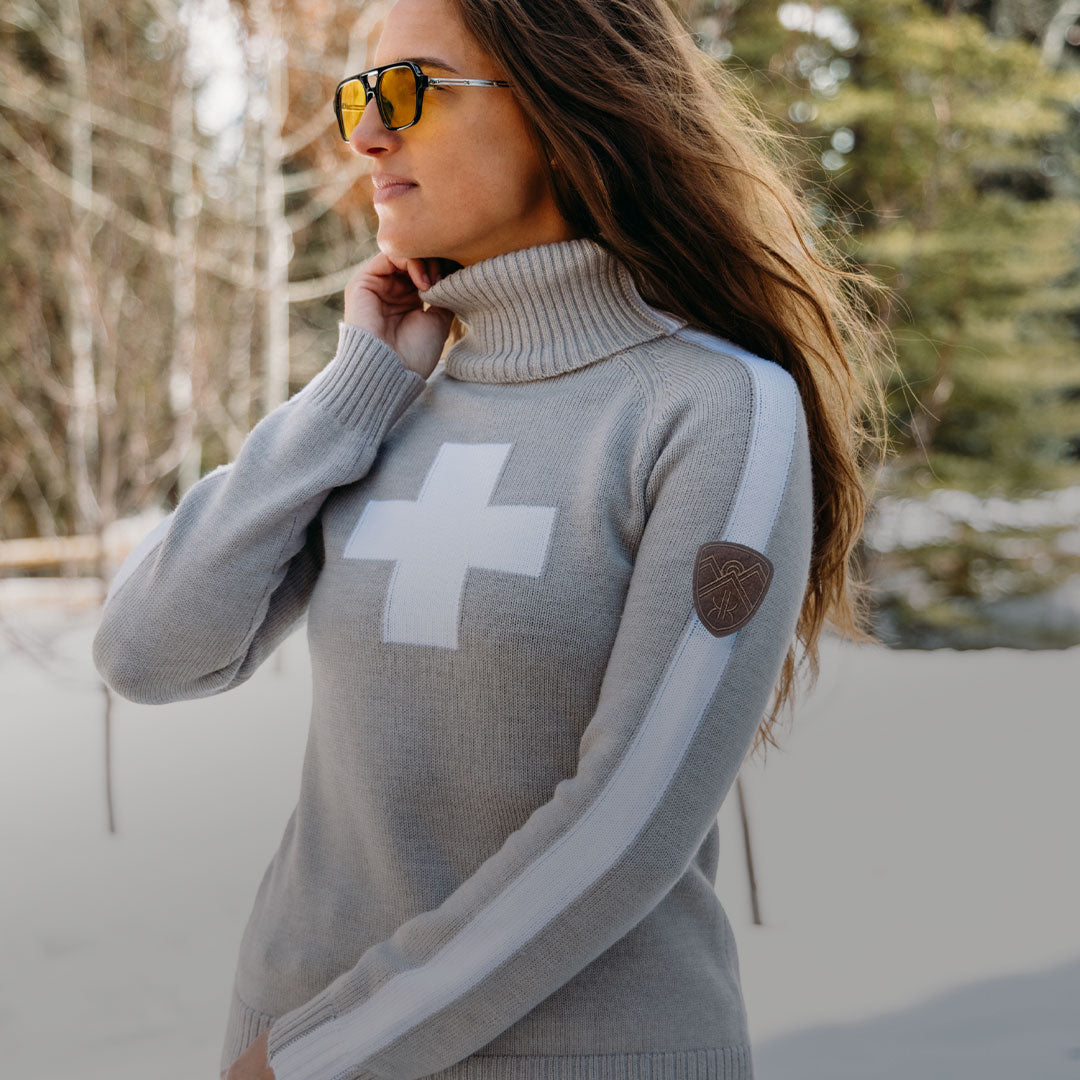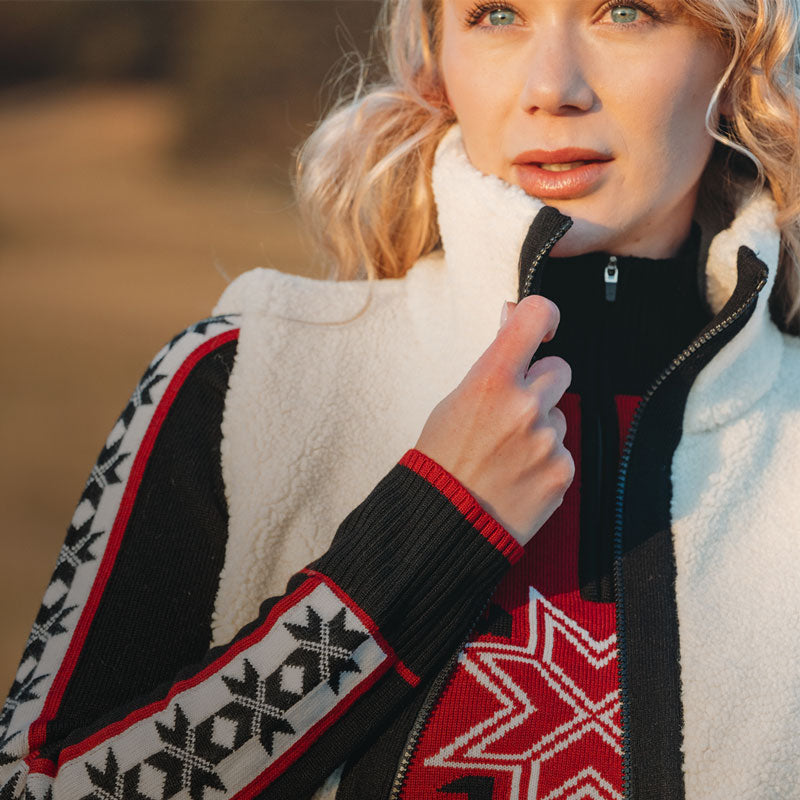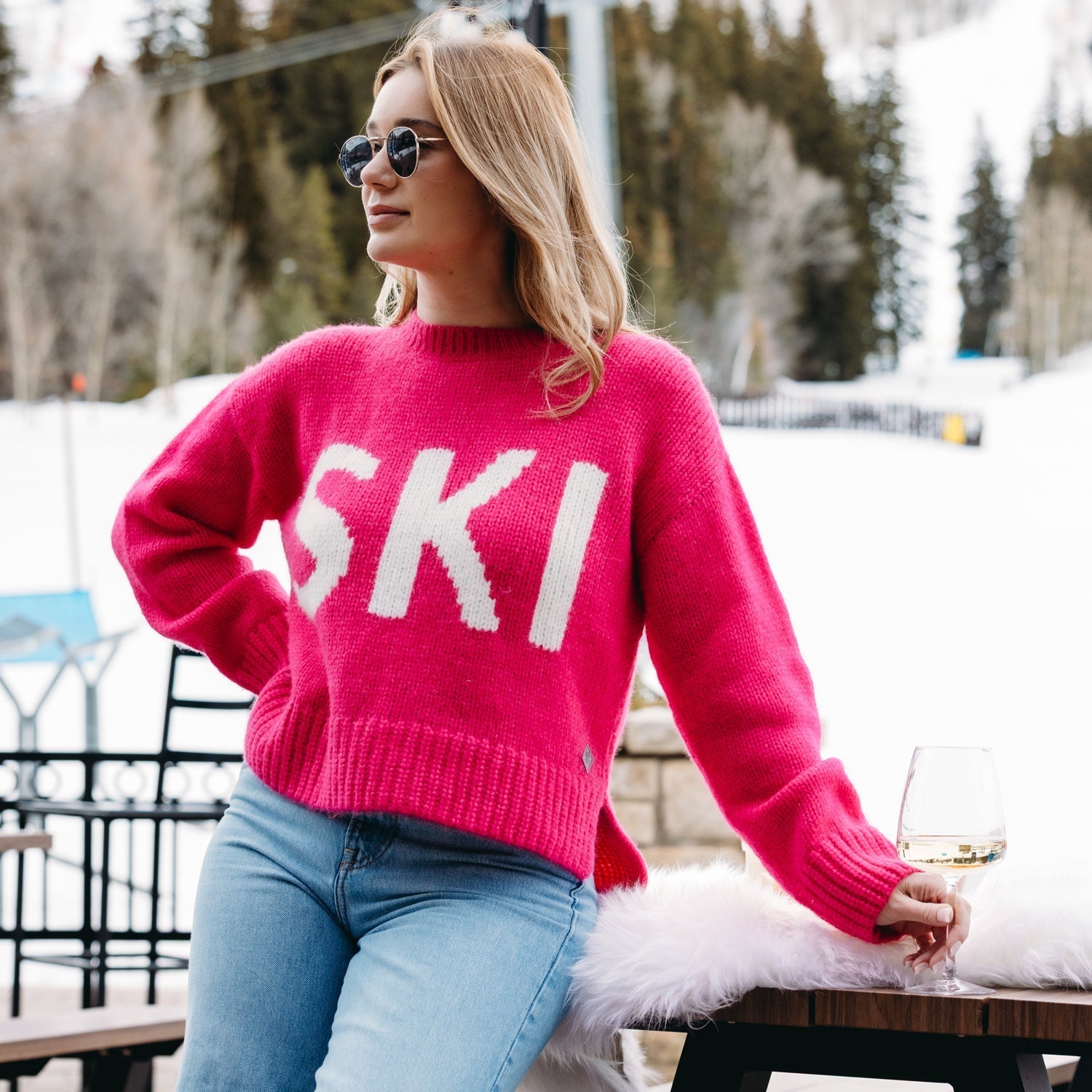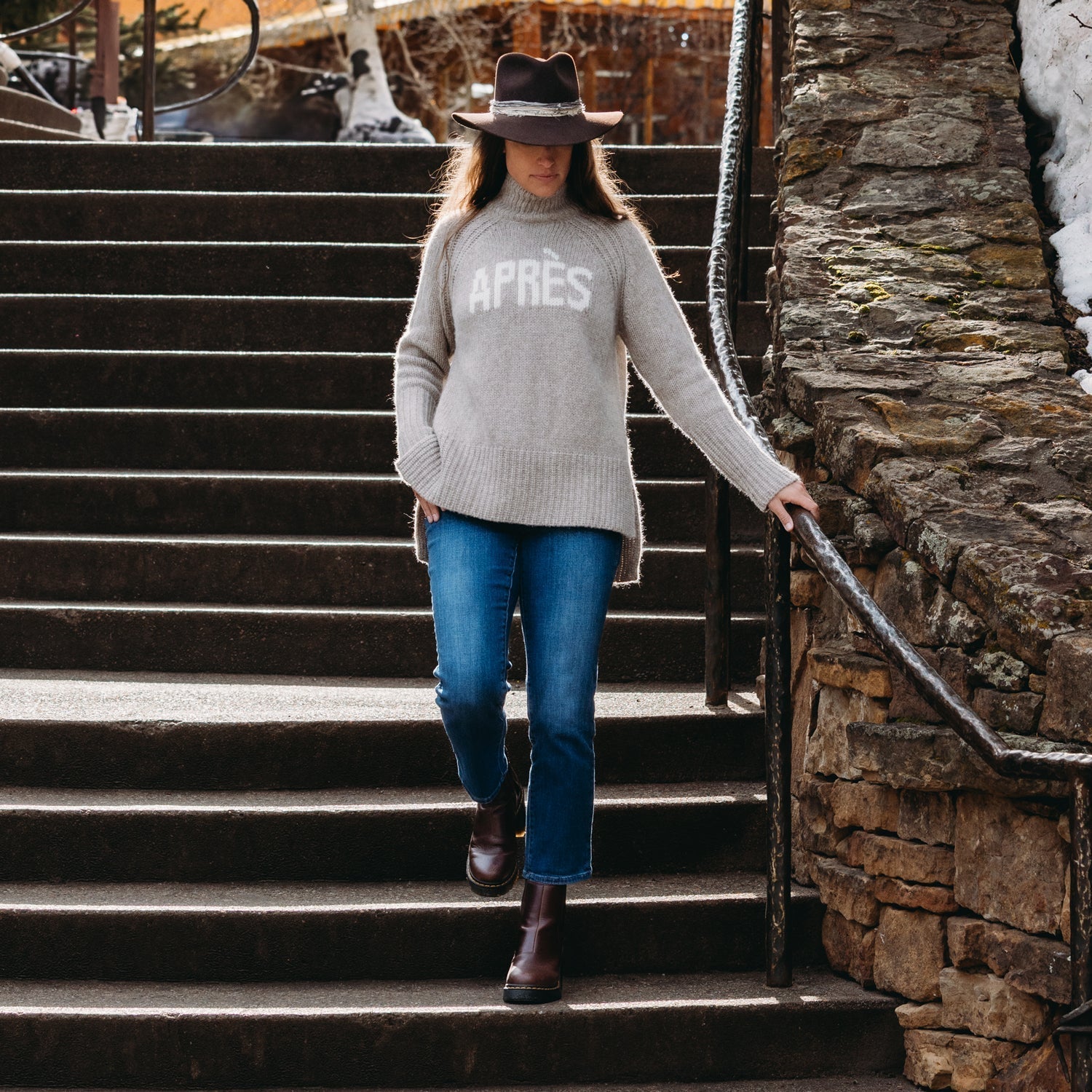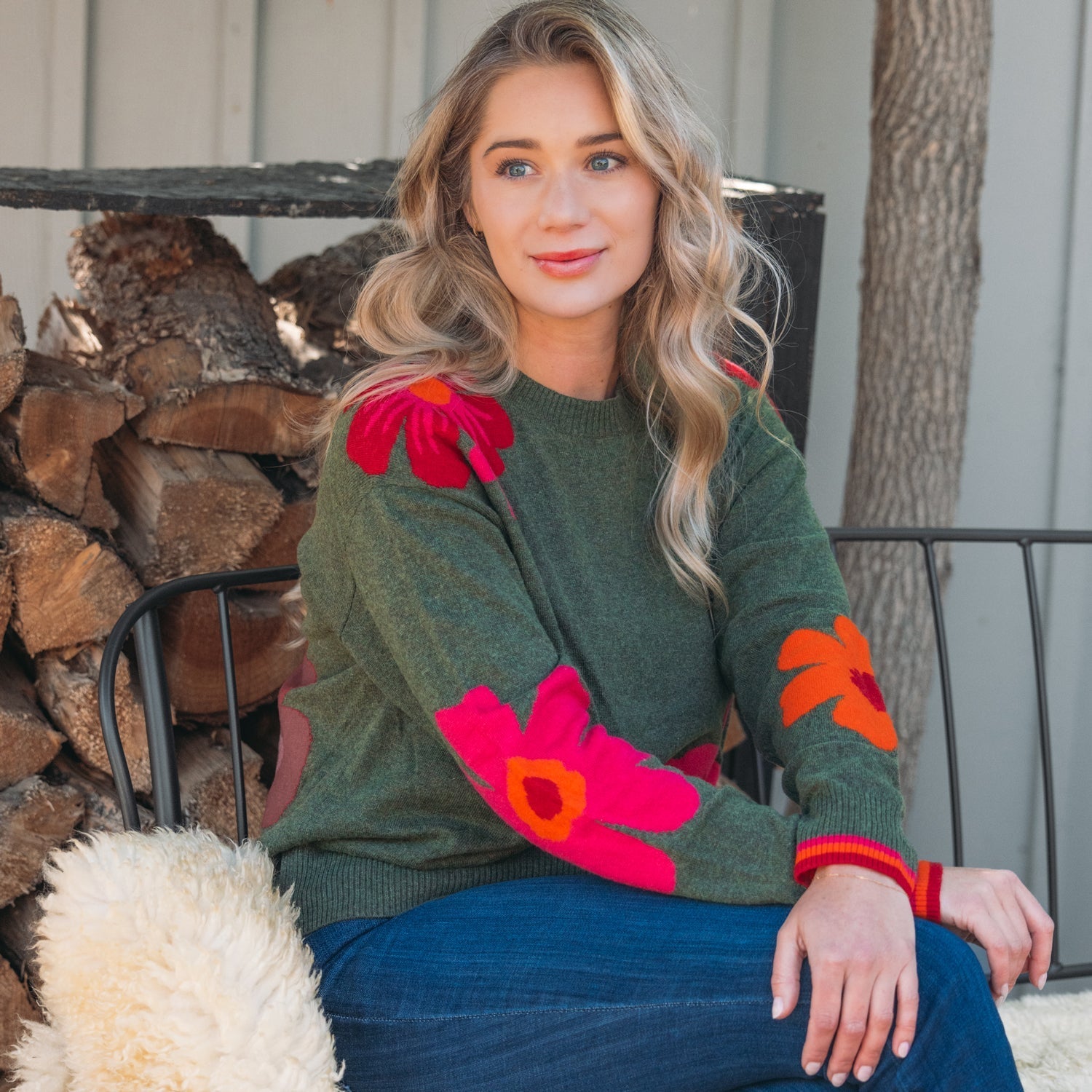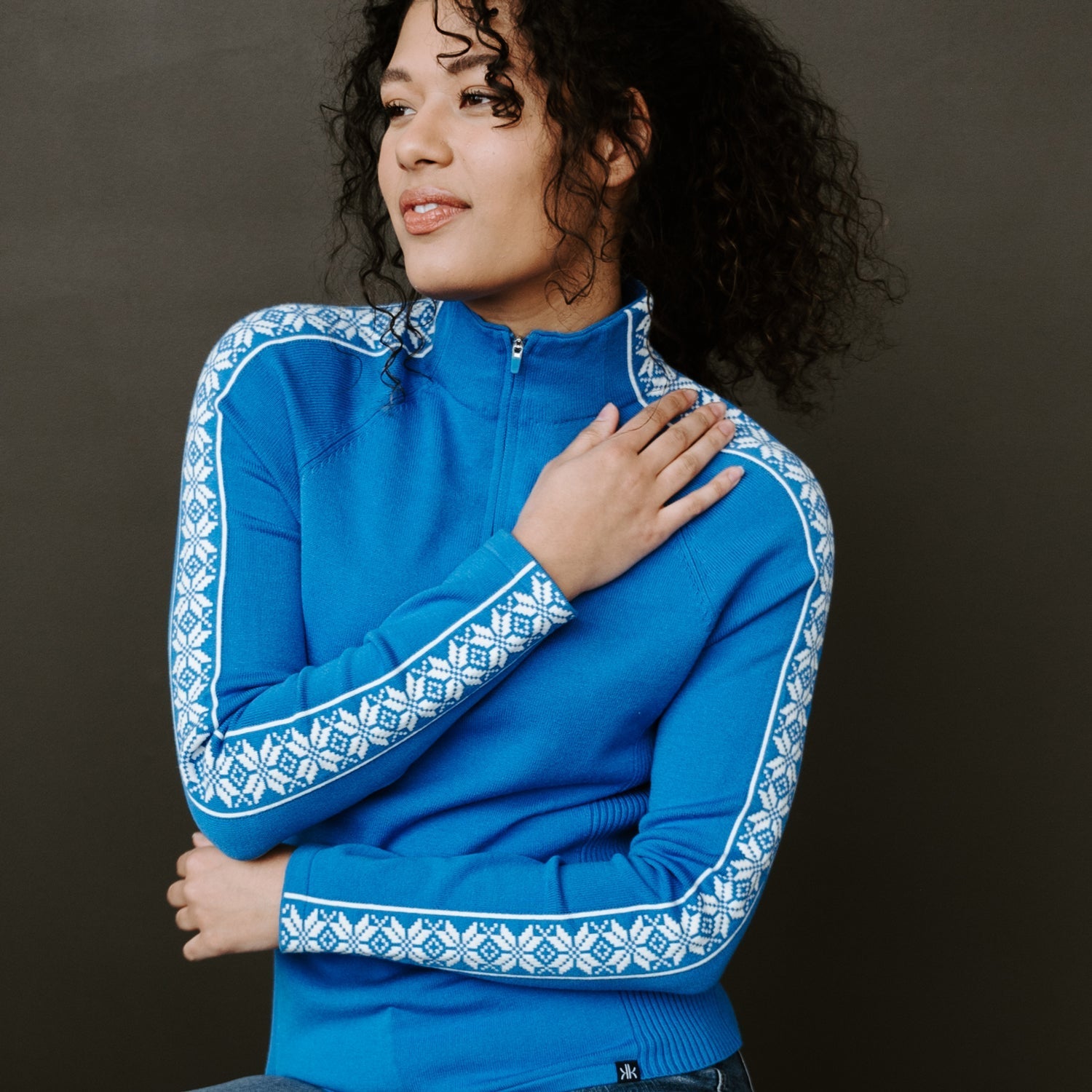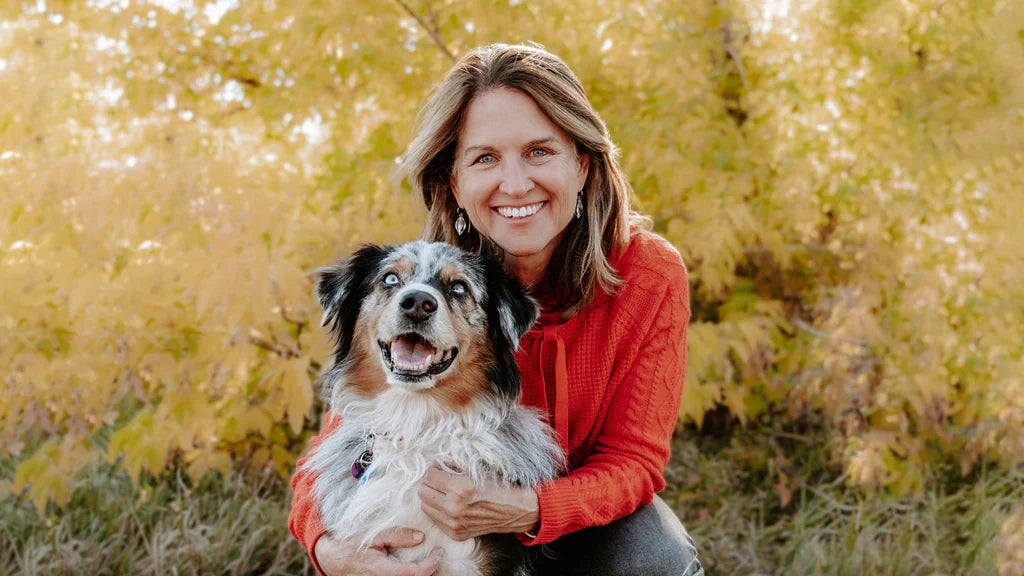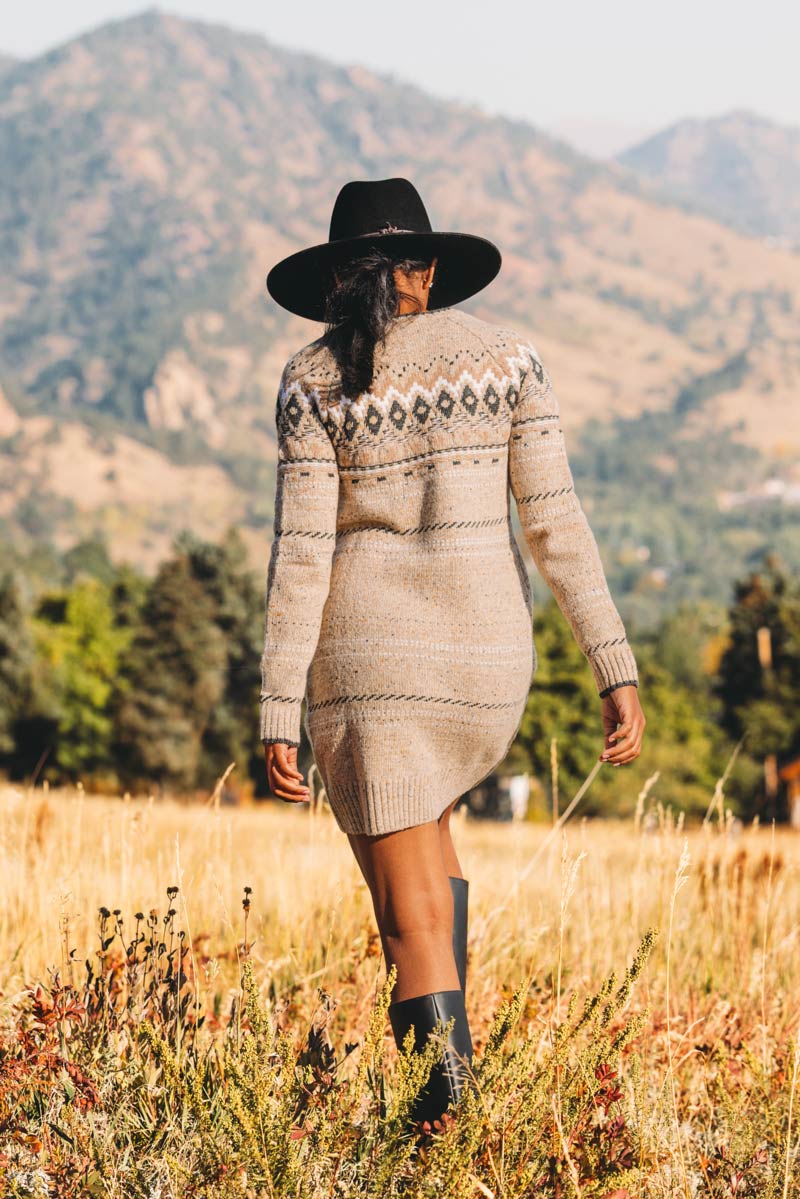We’re in the business of outfitting you for life, but we’re no fans of overconsumption. We focus on creating ethically-sourced, multi-activity apparel that looks fantastic and performs season after season. We believe all good things take time. We don’t rush through our hikes, bike rides, or travels. Why would we rush through our products?
We sat down with our founder, Rhonda Swenson, to chat slow fashion, what role brands play, and the power of our purchasing choices.
You worked in the fashion industry for years, designing ski and outdoor knitwear, before launching Krimson Klover. Why did you decide to pivot and start Krimson Klover?
When I sold my last brand I thought I would go into the home fashion industry. But after more thought, I realized I wasn’t done with the apparel industry just quite yet. My last brand focused solely on skiwear. With Krimson Klover, I was drawn to the challenge of offering a collection that was more than just sweaters and ski apparel. It was so much fun to dive into this challenge with a new brand—and even more gratifying when people really loved the product we were designing! From there, we were able to expand our fall and winter collection and add spring and summer styles to our line.
What does slow fashion mean to you?
I think of apparel as an investment. Your closet should focus on high-quality, low-impact, comfortable pieces that will last a lifetime—and that you will love for a lifetime. My mother raised me to think this way. Having fewer, but better things. When we opt for better made items that don’t fall apart, that won’t end up in a land fill, we’re able to avoid contributing to so much waste in our system.

Krimson Klover has been creating apparel with people, planet, sustainability, and intention in mind from day one. How have you seen the slow fashion industry change over the years?
I was raised to really love and appreciate quality things. I think there’s been a bigger increase in public awareness of late as to just how much waste is created in the fashion industry, and with that knowledge, a stronger desire to do better. You can see that shift in the industry. How brands are creating products. How consumers are buying products. People really care about this topic and you can see that reflected in their purchasing decisions.
You’re at the early stages of designing a new seasonal collection. You’ve done some sketches and have an idea of how a garment might look. How do you go about choosing different yarns and fabrics to bring that garment to life?
We usually have an idea of the personality of a garment in the initial stages of sketching. For instance, say I’m sketching a nordic snowflake sweater. It sounds traditional. But my vision is for it to be super chunky, but also lightweight, and designed with boucle yarn (a textured yarn made by twisting two or more strands of yarn together, with one strand looser than the other). This creates a more distorted pattern that’s really soft and fuzzy. So after sketching, I search for a great yarn to bring this sweater to life.

What are some of the preferred, sustainable materials you like to work with? Why are they superior?
I love natural fibers! Merino wool, organic cotton, baby alpaca, LENZING™ ECOVERO™ (a plant-based fiber with an entirely closed loop system of development). The natural fibers we work with are part of a third-party certification process that ensures a set of high-standards are met. Animals are treated well. Workers have fair working conditions and are paid fair wages. There are practices to mitigate negative environmental impacts. All of this makes these natural fibers superior. We also use a lot of recycled polyester in our baselayers. They offer excellent performance qualities, have a lower environmental impact, and look and feel great for outdoor adventures.
Fast fashion brands are on the rise because they are able to quickly deliver whatever is currently trending at the moment for a very low price. What’s the downside of this? Why encourage consumers to opt out of fast fashion?
We don’t know how those garments are made so inexpensively. There is a person actually making that low-priced garment. How much are they getting paid? Is it a fair wage? Do they have good working conditions? What are the fibers being used? Are they sustainable? Or are they harming the environment? So many fast fashion brands just quickly copy the styles on the fashion runways. Slow fashion puts energy and expertise into designing styles. It’s an art for us.
What responsibility do fashion brands have in caring for our planet? How can they help minimize their impact?
Create less waste. At Krimson Klover, we always produce to order. That means we aren’t overproducing anything. We strive to make sure nothing we do ends up in a landfill. It’s a tough thing to do, but it’s important to us.

Slow fashion isn’t just about what makes up an article of clothing, but also how it’s made. How do we go about selecting partners that knit, sew, and create our designs? What do we do to ensure fair and ethical treatment of the entire Krimson Klover family?
For starters, we visit every single factory we work with. If we wouldn’t like working there, we wouldn’t do business there. We partner with amazing factories that have created great environments to work in and prioritize the ethical treatment of their employees. We also visit a lot of our yarn suppliers. I’m from a ranching family. It’s important to me that the animals producing our yarns are treated humanely. For the cotton and Ecovero™ yarns we use, I want to make sure they are produced without chemicals reaching the ground water.

Our Spring/Summer 2025 Collection drops soon! What can we expect to see in this collection that celebrates slow fashion?
Each of our seasonal collections take about 18 months to create. There’s a lot of work from our product team, our factories, our designers—and a lot of heart and soul that goes into each and every piece. One of my favorite collections is our Peruvian Pima cotton line. Lots of t-shirts with fun prints in this unbelievably soft fabric. We have some amazing, lightweight sweaters knit with a lovely cotton cashmere yarn. Perfect for layering as the seasons transition.

Where do you see the future of slow fashion? Where is this industry heading?
Slow fashion is here to stay. Paying attention to our environment, nurturing it, is so important. I don’t think people will become complacent around the subject again. It takes all of us to make a difference. Brands, suppliers, consumers. We all have to use our voice, and our pocketbooks, to make a difference. Slow fashion is one step in that direction. Let’s all decide we don’t want to buy things that end up in a landfill in a year.
